Somnath, located in the western Indian state of Gujarat, is a place of great spiritual significance. Home to the famous Somnath Temple, one of the twelve Jyotirlingas dedicated to Lord Shiva, this destination attracts pilgrims and tourists alike. When planning a visit to Somnath, it’s crucial to consider the weather and temperature to ensure a comfortable and enjoyable experience. In this comprehensive guide, we will explore the best time to visit Somnath, taking into account the different seasons and their impact on the overall experience.
Overview of Somnath’s Climate
Somnath experiences a tropical climate, with distinct seasons: summer, monsoon, and winter. The temperature and weather conditions vary significantly throughout the year, influencing the suitability of different times for travel.
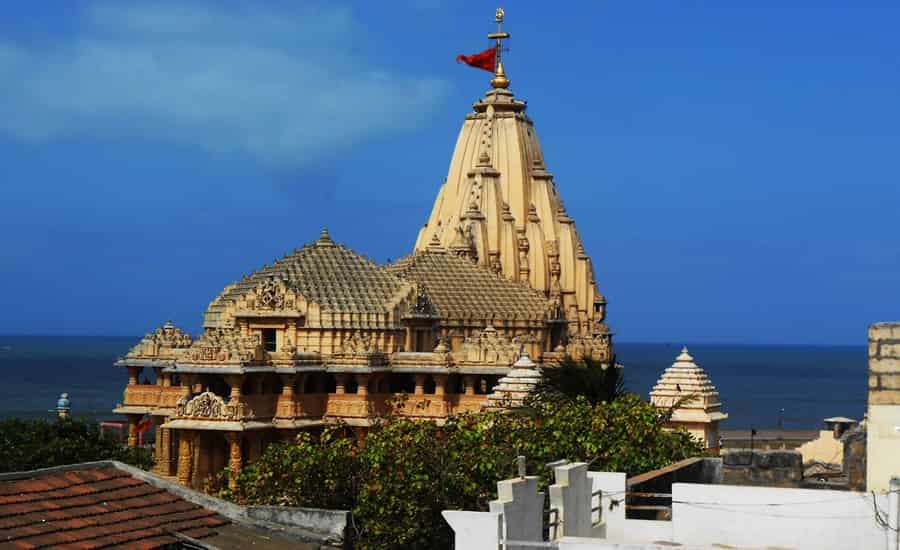
Summer (March to June)
The summer months in Somnath, spanning from March to June, are characterized by high temperatures and dry weather. The mercury can soar, with daytime temperatures often exceeding 40 degrees Celsius (104 degrees Fahrenheit). This period is generally not recommended for travel, especially for those sensitive to extreme heat.
Weather
- Hot and dry conditions prevail.
- Clear skies with minimal rainfall.
- Intense sunlight, making outdoor activities challenging.
Temperature
- Daytime temperatures range from 35 to 42 degrees Celsius (95 to 108 degrees Fahrenheit).
- Nighttime temperatures may offer some relief, dropping to 25 to 30 degrees Celsius (77 to 86 degrees Fahrenheit).
Activities
- Indoor visits to the Somnath Temple are advisable to escape the heat.
- Evening visits to the beach for a cooler experience.
Monsoon (July to September)
The monsoon season in Somnath brings relief from the scorching summer heat. However, it also ushers in heavy rainfall, making travel during this period a bit challenging. The lush green landscapes that result from the rains add a unique charm to the region.
Weather
- Heavy rainfall, especially in July and August.
- Humid conditions prevail.
- Cloudy skies with occasional breaks of sunshine.
Temperature
- Daytime temperatures range from 28 to 35 degrees Celsius (82 to 95 degrees Fahrenheit).
- Nighttime temperatures hover around 25 degrees Celsius (77 degrees Fahrenheit).
Activities
- The Somnath Temple may be less crowded, allowing for a more intimate experience.
- Enjoying the scenic beauty of the region with caution due to slippery paths.
Winter (October to February)
Winter is considered the best time to visit Somnath, as the weather is mild and pleasant. The temperatures are comfortable for exploration, and the cool breeze from the Arabian Sea adds to the overall delightful atmosphere.
Weather
- Dry weather with minimal rainfall.
- Cool and pleasant conditions prevail.
- Clear skies with ample sunshine.
Temperature
- Daytime temperatures range from 20 to 30 degrees Celsius (68 to 86 degrees Fahrenheit).
- Nighttime temperatures may drop to 10 to 20 degrees Celsius (50 to 68 degrees Fahrenheit).
Activities
- Ideal for outdoor exploration, including visits to nearby attractions like Bhalka Tirth and Triveni Sangam.
- Participating in festivals like Kartik Purnima celebrated in November.
Special Events and Festivals
To enhance your Somnath experience, consider planning your visit during special events and festivals. The Kartik Purnima festival, celebrated in November, is a particularly auspicious time to witness the vibrant culture and religious fervor in Somnath.
Conclusion
In conclusion, the best time to visit Somnath is during the winter months, from October to February, when the weather is mild and pleasant. This period offers an ideal climate for exploring the spiritual and historical richness of the region. While each season has its unique charm, considering the weather and temperature will ensure a more comfortable and enjoyable visit to this sacred destination. Plan your trip accordingly, and immerse yourself in the spiritual aura of Somnath.

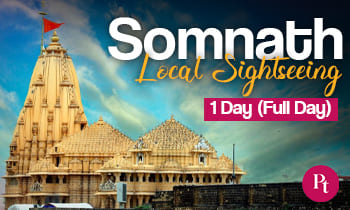

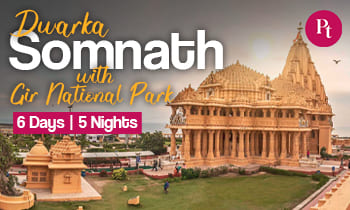
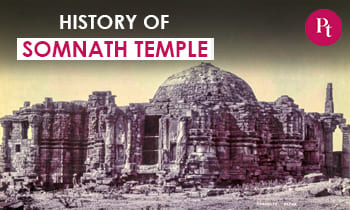


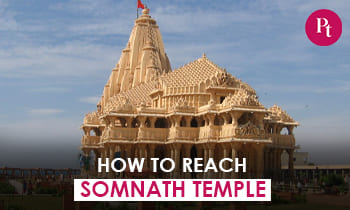


 Call
Call WhatsApp
WhatsApp Enquiry
Enquiry